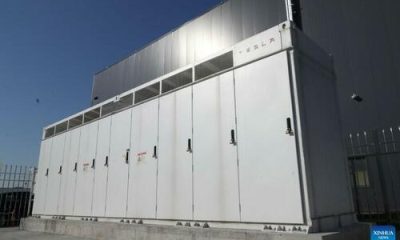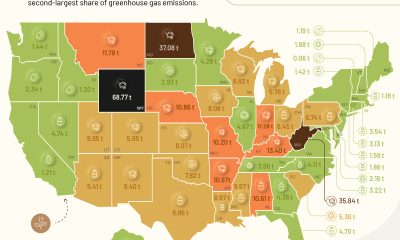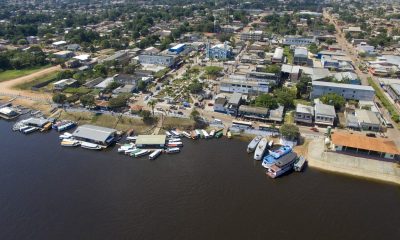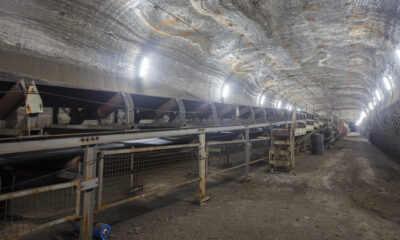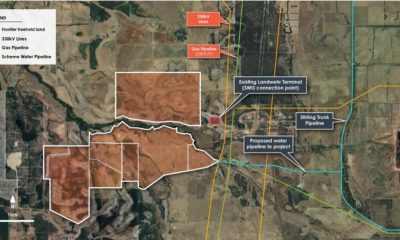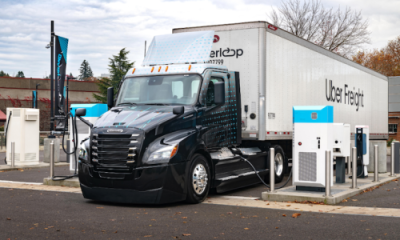Energy & Critical Metals
Africa not yet delivering on green economy potential
Africa’s energy future, although bright, is largely dependent on support from international partners however the investment landscape is unique and often…
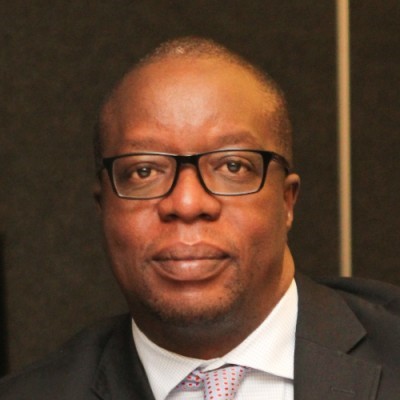
Africa is richly endowed with renewable energy resources however the continent can only secure the funding it needs through successful public and private partnerships and sound regulatory frameworks that inspire investor confidence.
And this investor confidence is lacking….for now.
According to John Roome, South Asia regional director of sustainable development, World Bank, “Africa has huge potential but we’re not delivering on it.”
And that is because Africa is not accessing the finance needed to spur infrastructure development and a just transition.
This was the topic of discussion at the opening keynote at Africa’s Green Economy Summit in Cape Town, where stakeholders from around the continent and the world gathered for a candid discussion on the real versus perceived risks within Africa’s green investment landscape and what can be done practically to mitigate these risks.
Have you read?
Hydropower could answer Nigeria’s rocketing energy demand says IRENA
Masdar signs 5GW renewable energy deal with Angola, Uganda and Zambia
Mind the funding gap

In order to get the continent’s transition to a green economy going, significant finance is required.
According to Farai Kanonda, regional operations manager at the African Development Bank Group, “financing Africa’s nationally determined contributions will require up to 1.6 trillion dollars until 2030. Collectively, we have only received 18.3 billion which leaves a clear climate finance gap of 1.3 trillion dollars until 2030.
“Transformation requires repositioning of consumption and production practices, consequently, all sectors need to be engaged and included in policy frameworks.”
Weighing the risks
Panellists agreed that policy frameworks are not always engaging and transparent thereby increasing the perceived risks for investors.
H.E. Dr. Amani Abou-Zeid, Commissioner for Infrastructure and Energy, African Union Commission, countered by explaining: “It is widely alleged and almost taken for granted that Africa is a risky investment destination. The consequence is that investment flows into our continent have been affected.” This resulted in higher interest rates and imposed conditions that do not usually apply in other regions.
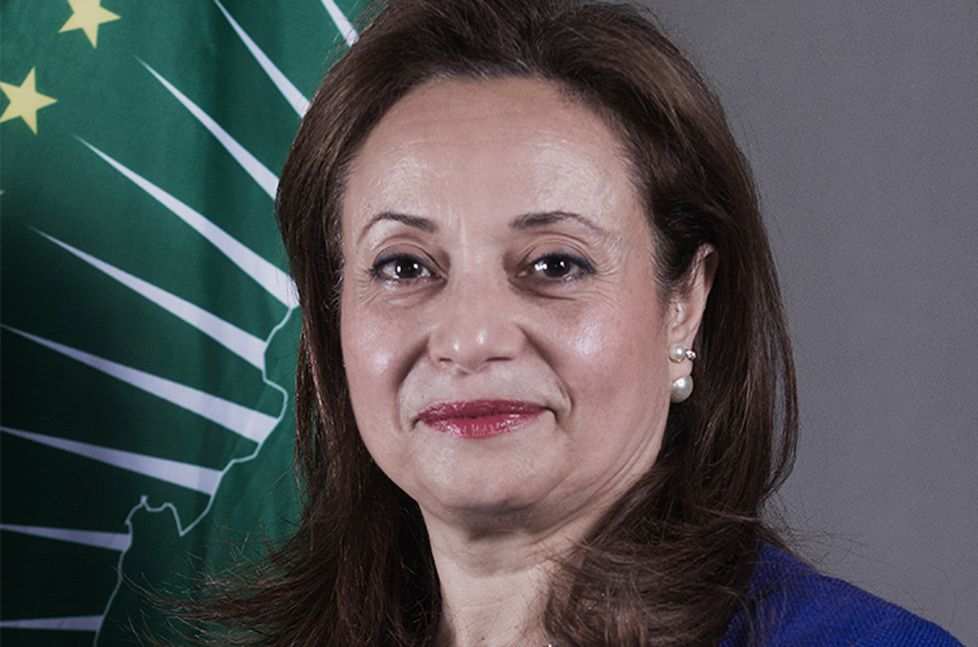
“These concerns are often not backed by facts and are often a generalization, a misconception and almost a stereotype,” explained Abou-Zeid.
It’s important to note that Africa’s default rates are among the lowest in the world, said Abou-Zeid. A Moody’s Analytics report in 2020 found that Africa’s default rate on infrastructure loans was only 1.9% and on returns on investment, Africa is again at the top of the list with 11% returns, significantly higher than other emerging markets, she added.
Credit rating agencies also taint Africa’s reputation as an investment landscape, said Abou-Zeid. “The low ratings and frequent downgrading of African countries raise the interest rates and insurance premiums, hence the high investment costs, hence the cost of energy becomes higher.”
Abou-Zeid suggested that current methodologies and rating processes be reviewed to encourage investors toward developing countries.
The right public-private balance
John Roome recommends that to make Africa investment friendly, “you [need to] have good policies that allow private sector investment to take place in a way that benefits poor people.
Also, you need to “ensure that you have a financial sector that allows financing to be provided both through the public sector and the private sector.
“In an environment where finance is constrained…the big challenge is to prioritize those opportunities where a small amount of public money and good policy can crowd in large amounts of private sector finance and to try and find ways of leveraging private financing that might exist already within banks and insurance companies where those exist in more advanced economies.”
Weighing Africa’s opportunities
Despite the challenges facing African countries, there is no lack of potential.
Public-private partnerships are something Namibia is getting right as the country works to develop a pioneering green hydrogen economy.
Nangula Uaandja, president of Namibia Investment Promotion & Development Board (NIPDB), explained that the country is testing new policy frameworks within a sandbox – a kind of trial and error approach that minimises delays and spurs implementation.
However, Uaandja explained that more affordable capital is required to get hydrogen off the ground, together with a significant skills development drive across the country.

The consensus among the panellists is that Africa has enormous green growth potential spurred by abundant natural resources, an expanding middle class, and a youth bulge.
However, the continent needs to shift to scale by taking advantage of existing technology, innovation, business models and its biggest asset, according to the panel, namely: its people. Collaboration, partnerships, and people are ultimately what a successful energy transition requires.
The post Africa not yet delivering on green economy potential appeared first on Power Engineering International.

Uranium Exploration Company Announces Additional Staking in the Athabasca Basin
Source: Streetwise Reports 12/22/2023
Skyharbour Resources Ltd. announced an update from its Canada-based Falcon Project along with additional…
Tesla Launches New Mega Factory Project In Shanghai, Designed To Manufacture 10,000 Megapacks Per Year
Tesla Launches New Mega Factory Project In Shanghai, Designed To Manufacture 10,000 Megapacks Per Year
Tesla has launched a new mega factory…
Giving thanks and taking stock after “a remarkable year”
An end-of-year thank you to our readers, industry colleagues and advertisers before Electric Autonomy breaks from publishing until Jan. 2
The post Giving…

